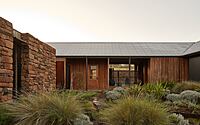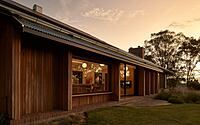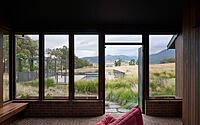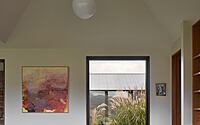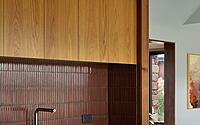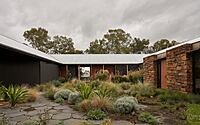House in the Dry: A Contemporary and Eco-Friendly Home
Introducing the stunning House in the Dry, located in Tamworth, Australia. This semi-rural home was designed by MRTN Architects to be a contemporary and energy-efficient residence, blending perfectly into the surrounding landscape.
The house was built on ex-grazing land and its design was focused on regenerating the native plants while resisting drought conditions. With an almost totally enclosed courtyard garden in the center of the house, it also boasts a solar panel array and north facing thermal mass, making it a sustainable and eco-friendly home.

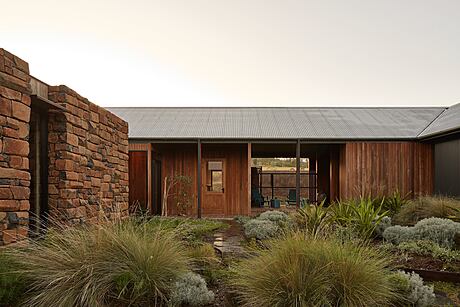
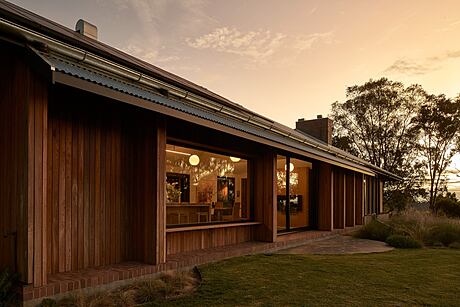
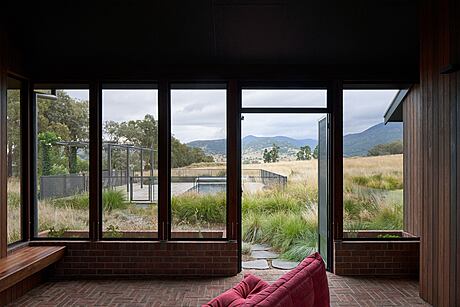

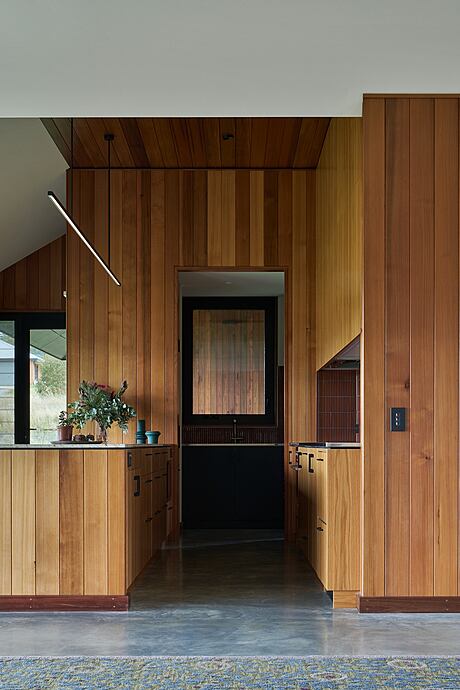
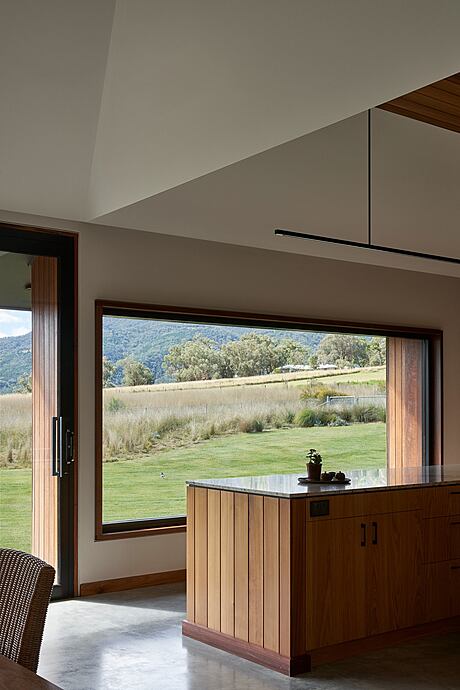
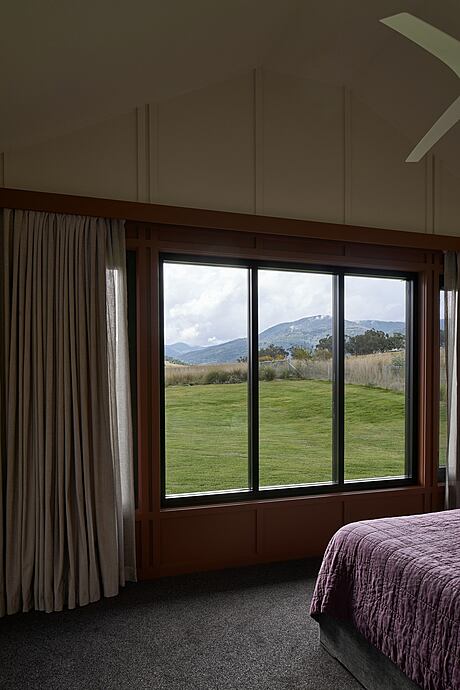
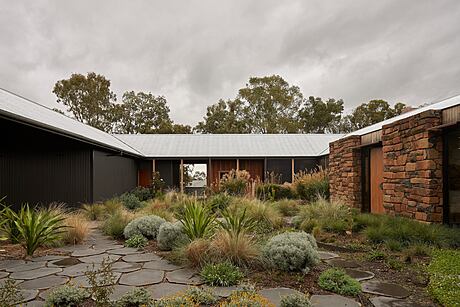
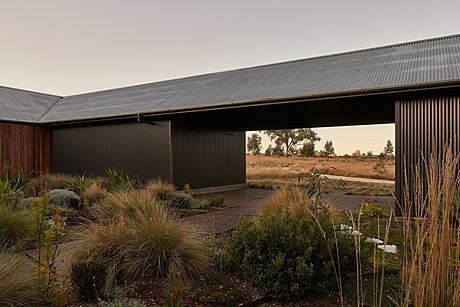
About House in the Dry
Transformation of a Scrubby, Parched Piece of Land
This semi-rural house in Tamworth, Australia, was designed to transform a scrubby, parched piece of land into an energy-efficient contemporary home, set within a landscape of regenerated native plants. Prone to drought, the site was dry and dusty, with few yellow plants clinging to life when we first visited. The design of the house focused on regenerating the land, creating a garden, and resisting future drought conditions. An almost totally enclosed courtyard garden in the centre of the house was one way of doing so. At the front of the property, two sheds connected by a roof form a square around the courtyard, connecting to the house on either side.
Agricultural Aesthetics and Resessive Materials
The aesthetics and materials of the house have an agricultural aesthetic, eschewing the brick and tile of the suburban typology. The metal roof and walls are made of metal, timber, and stone, chosen to be recessive, including a dull silver roof, black sheets, and ironbark timber. Inside, “interior” spaces are finished in painted plasterboard, timber in the kitchen, and tiles in the bathroom, while “outdoor” spaces are finished in brick, timber, and stone.
Central Pavilion and Breezeways
In the centre of the house is a kitchen, dining, and living pavilion, while the west wing has bedrooms and a bathroom, and the east wing has a main bedroom, ensuite, and walk-in-wardrobe. An outdoor room with a fireplace and roof, enclosed only by insect screens, is a popular space used regularly during warmer months. Connecting all buildings with a singular roof design helps bring the scale of the house down, while walkways between the buildings act as breezeways, similar to those found in Middle Eastern and Mediterranean climates.
Landscaping and Sustainable Design
MRTN worked closely with landscape architects SBLA to develop the landscaping for the house, contouring the land to create screening from neighbours, relocating soil within the site, and planting native grasses and re-establishing trees. The house has a solar panel array, north-facing thermal mass, and captures all water, allowing it to cope with a severe climate that can be prone to drought and cold winters.
Low-Lying Elongated Forms
Tamworth House offers an architecture that sits low on the land, with elongated forms that recede into the landscape. Providing views of the foothills and a sense of being embedded within the Australian landscape, the house is intelligent in design but simple in expression.
Photography courtesy of Anthony Basheer
Visit MRTN Architects
- by Matt Watts
